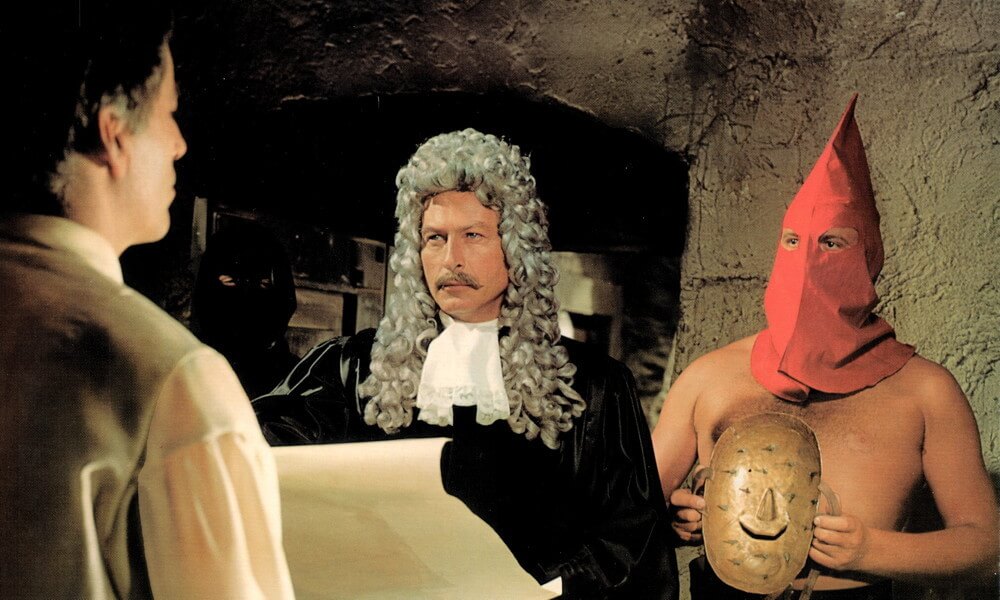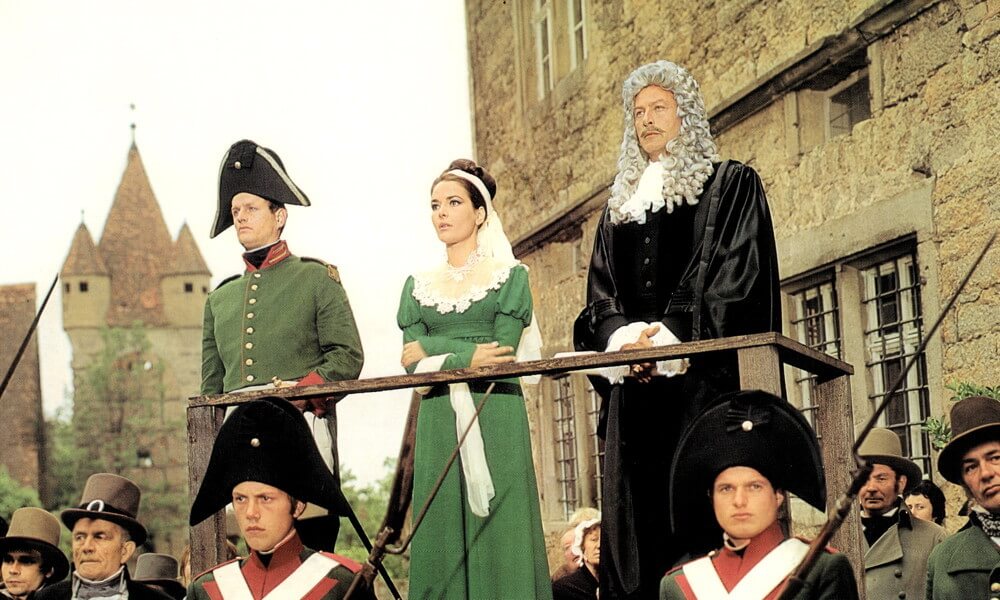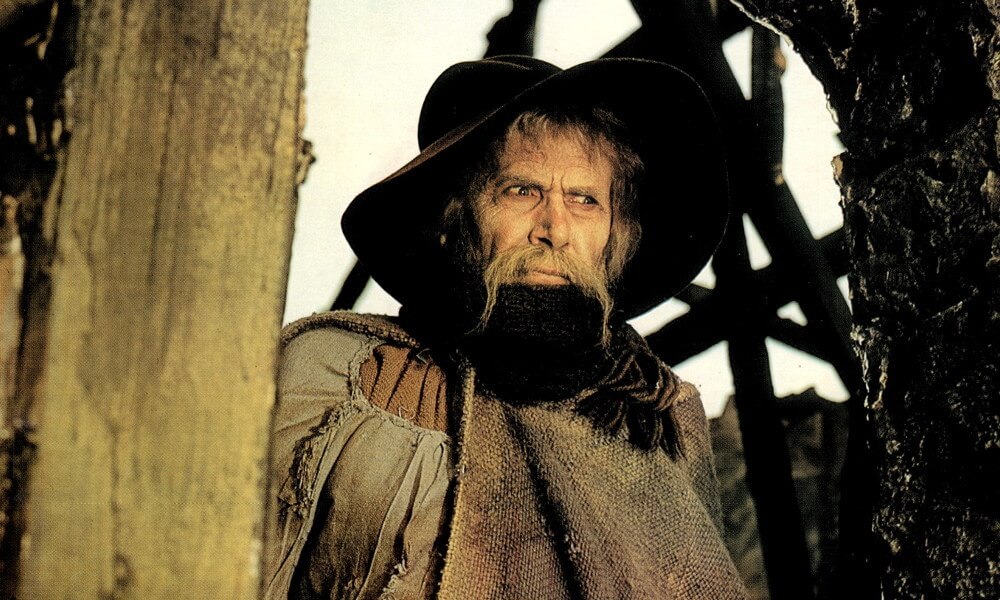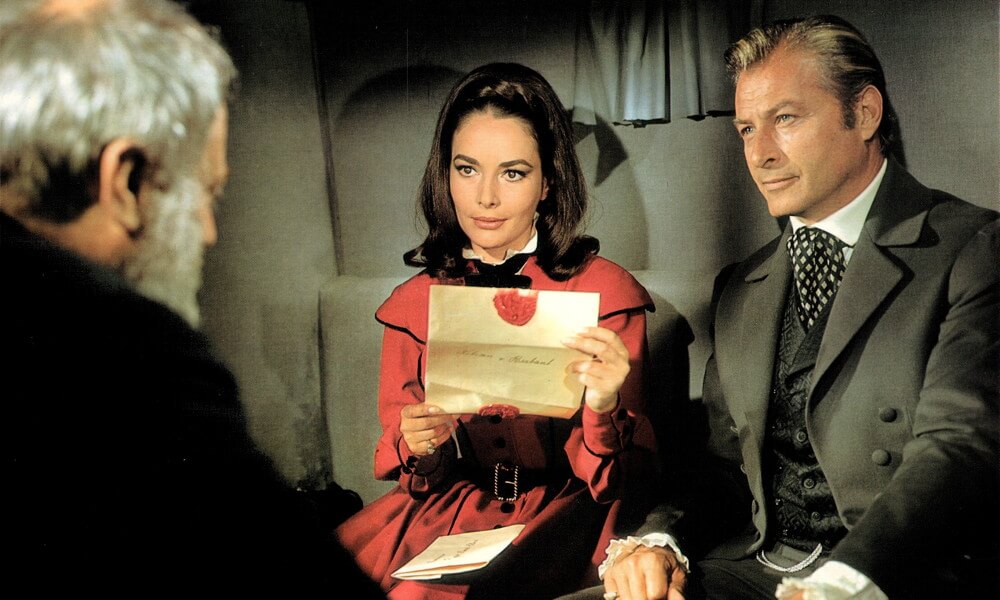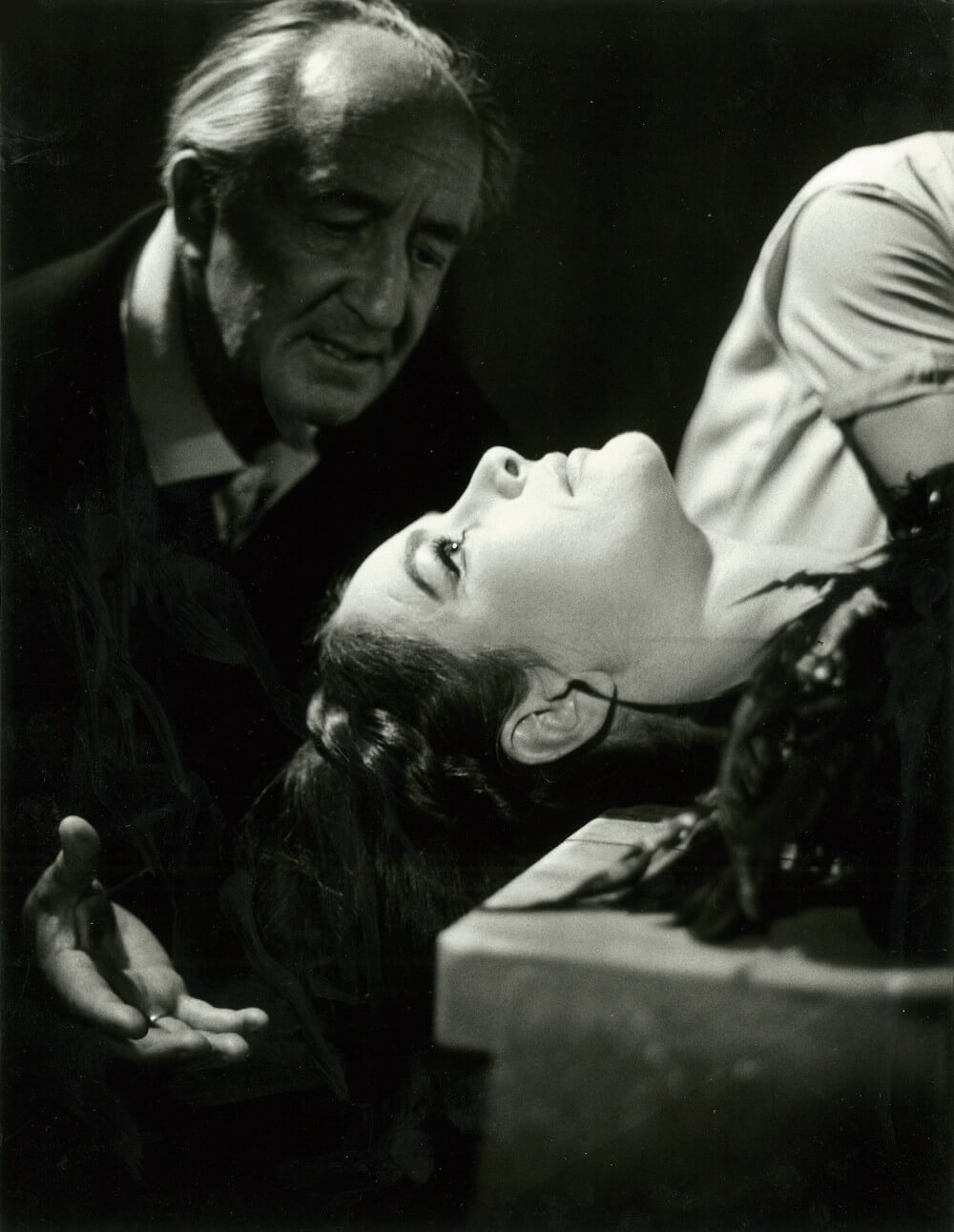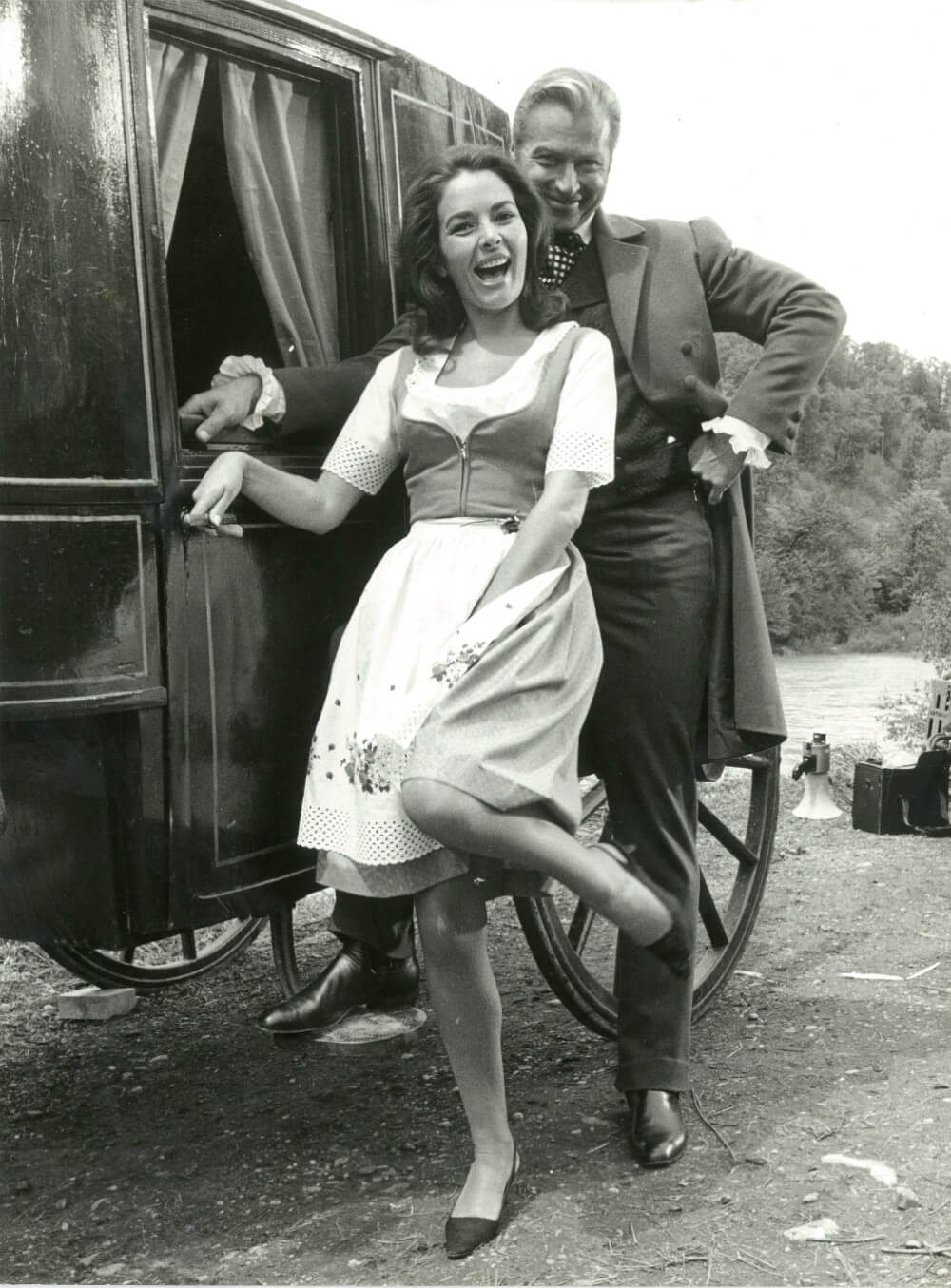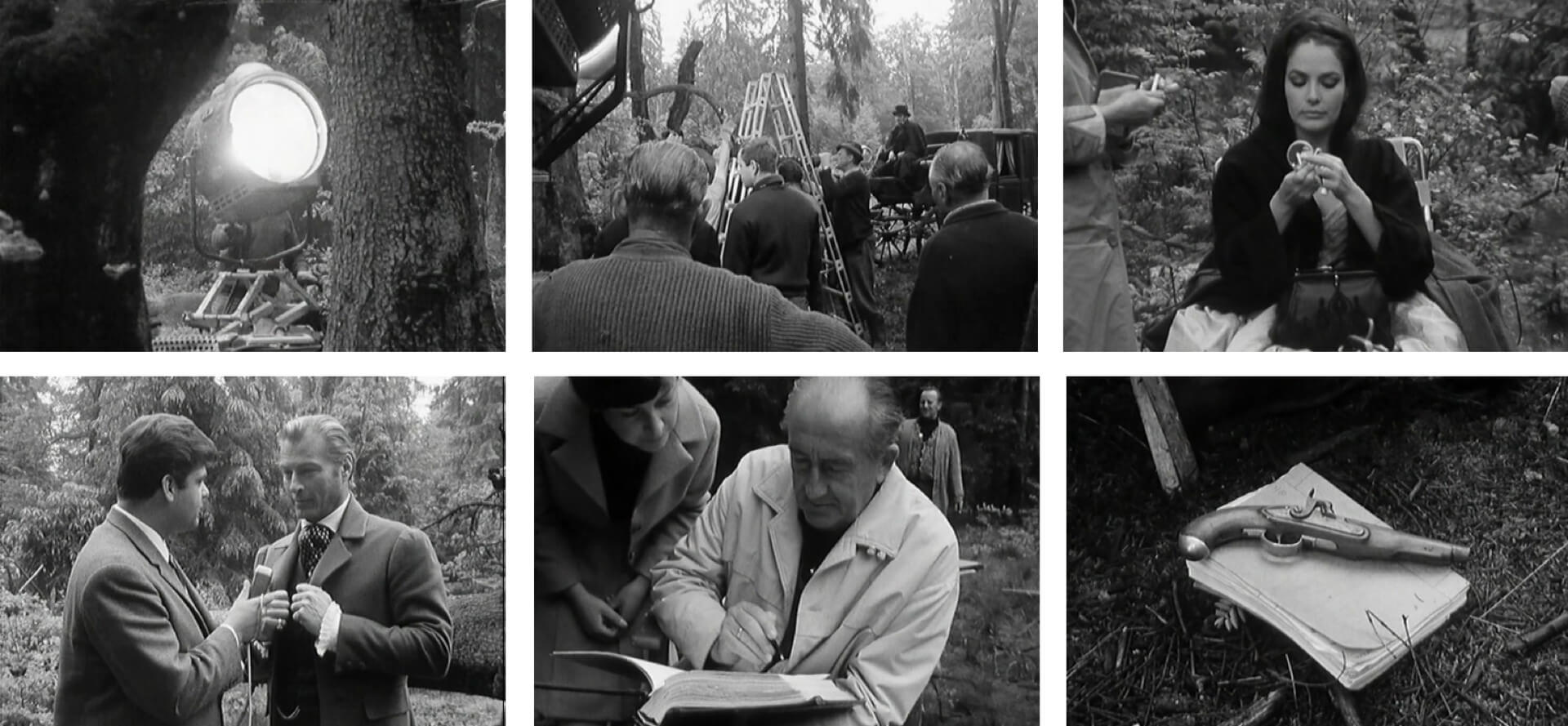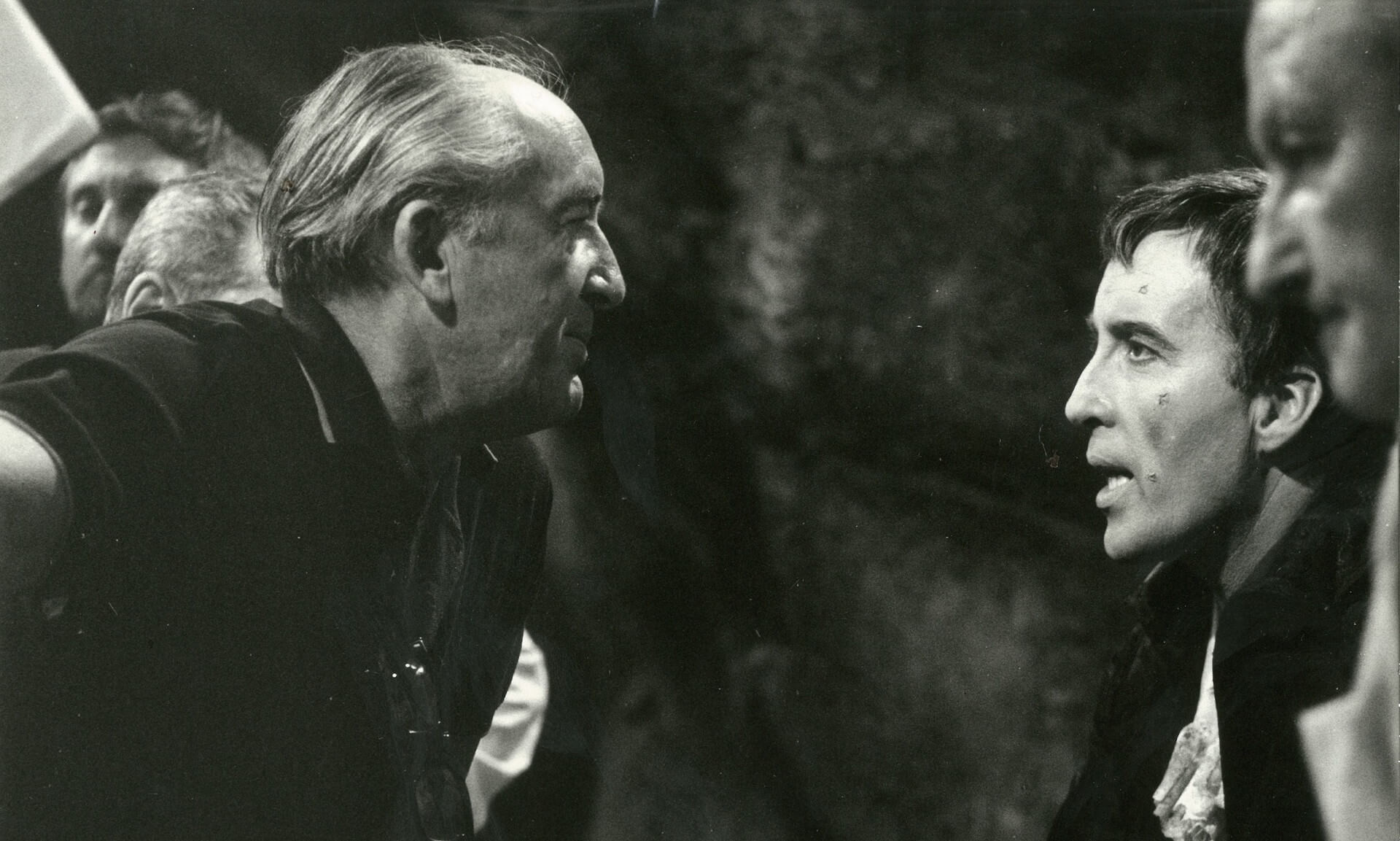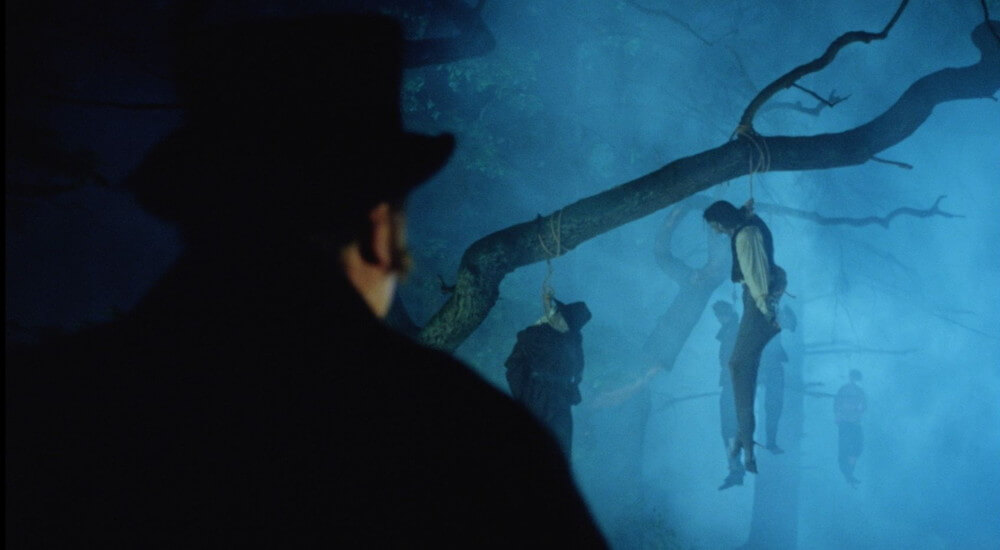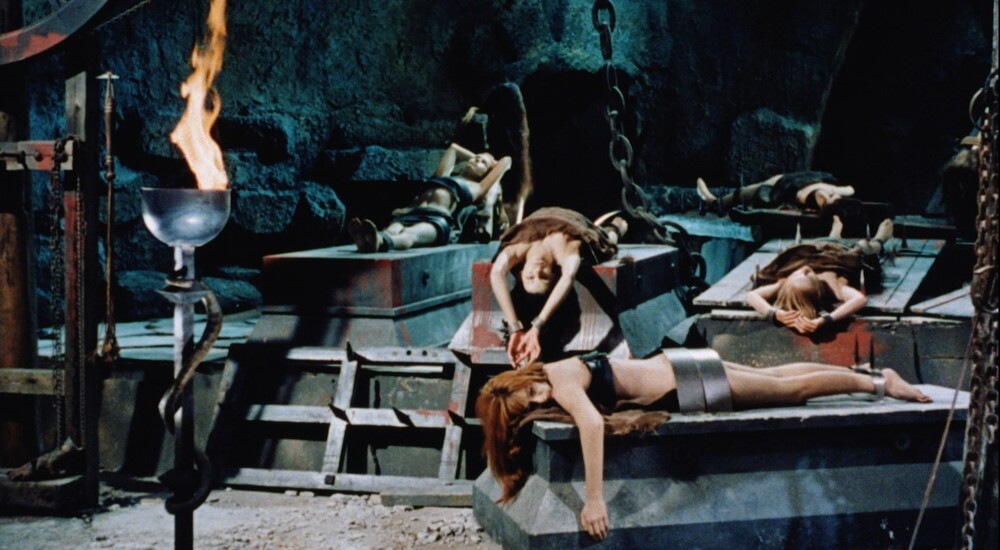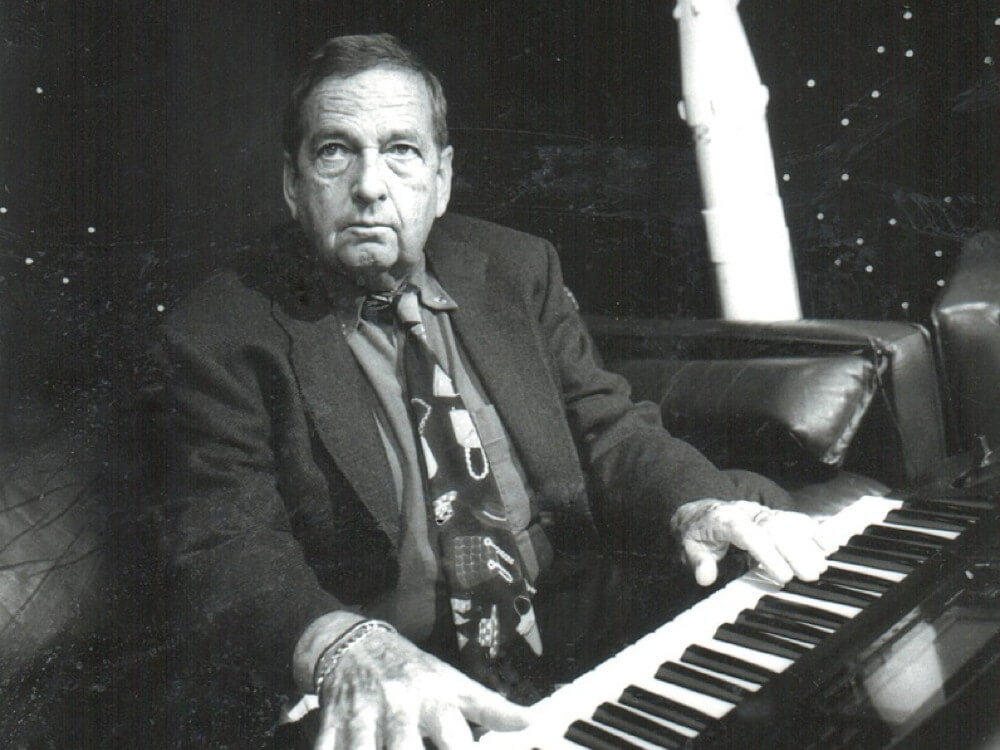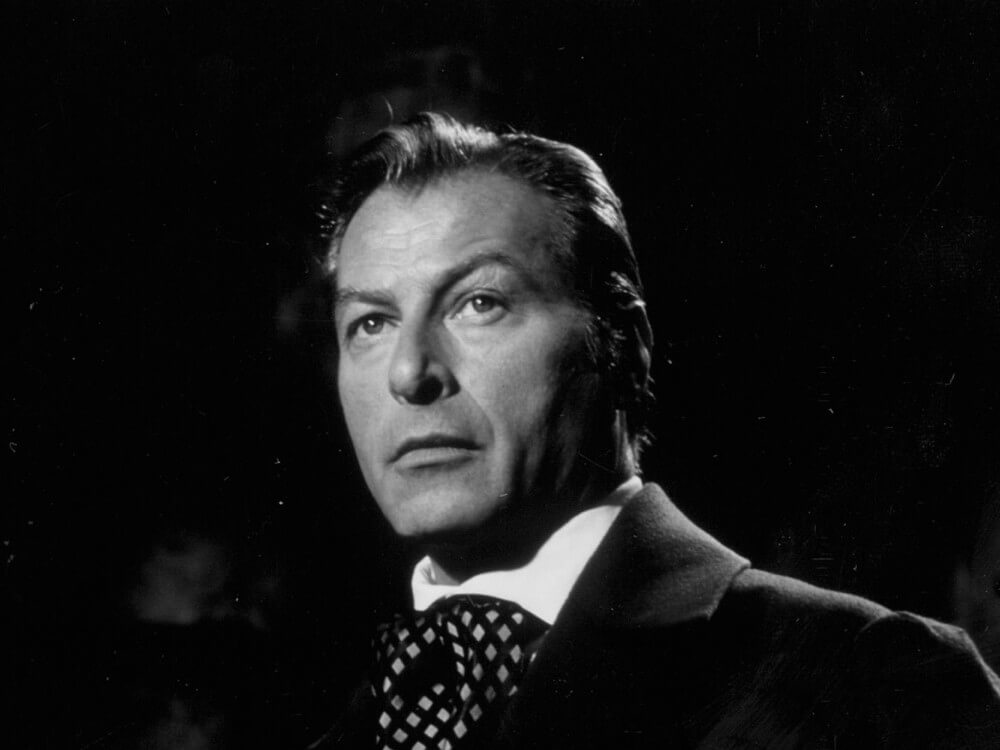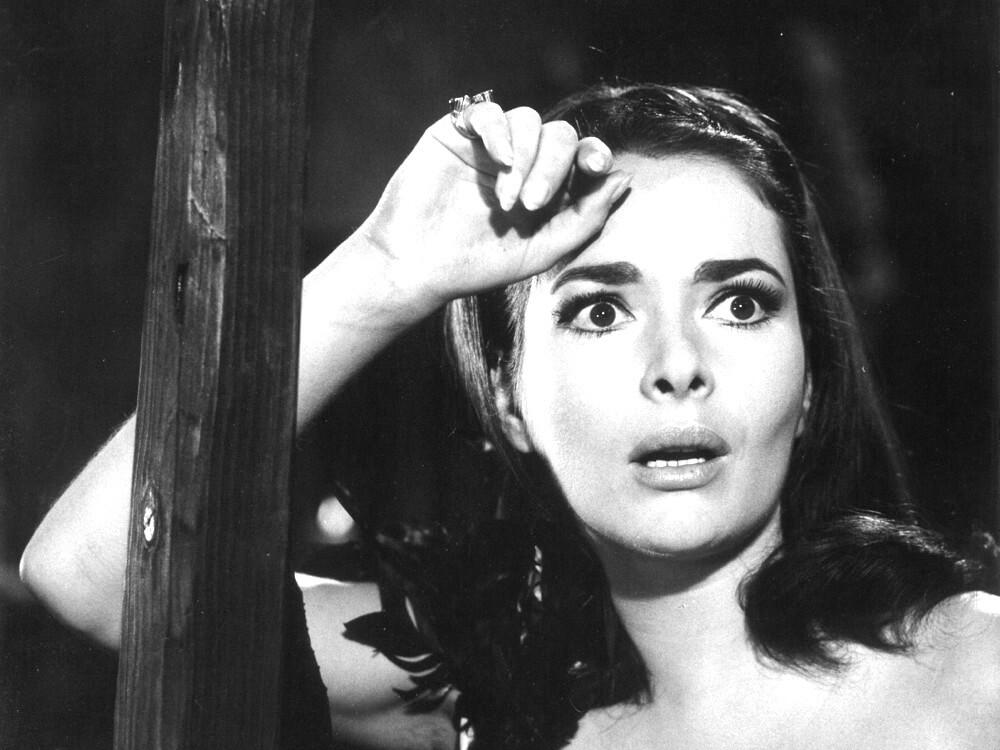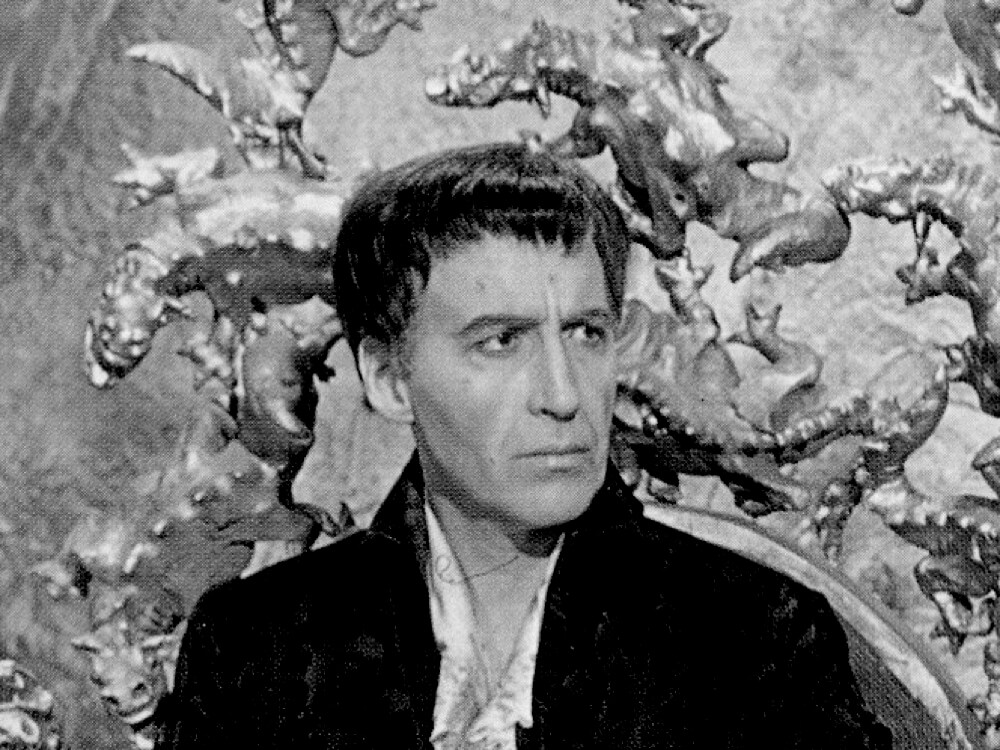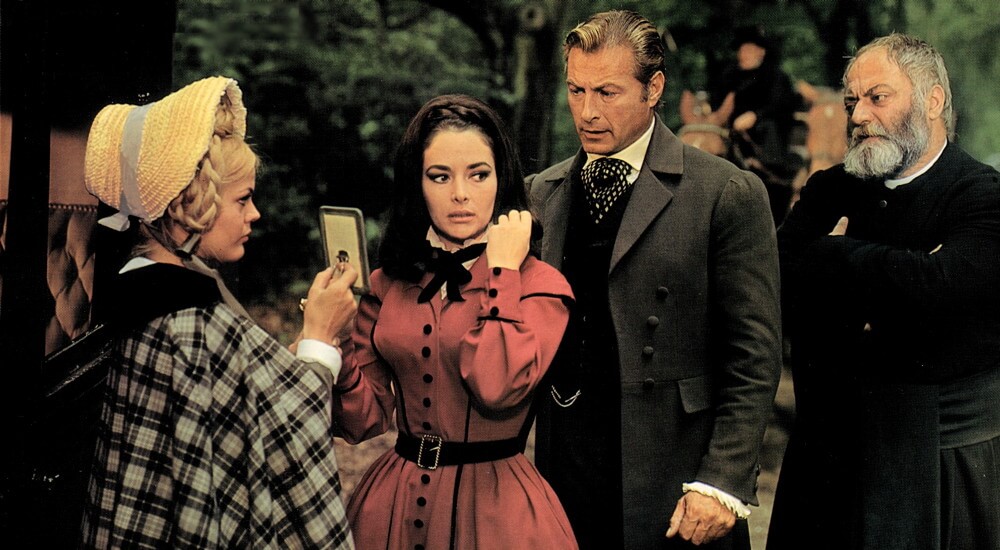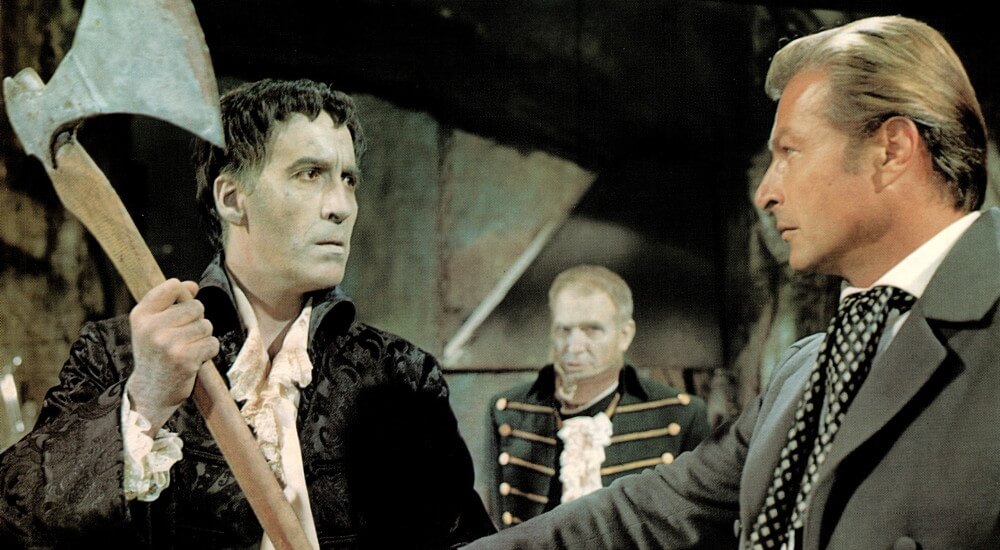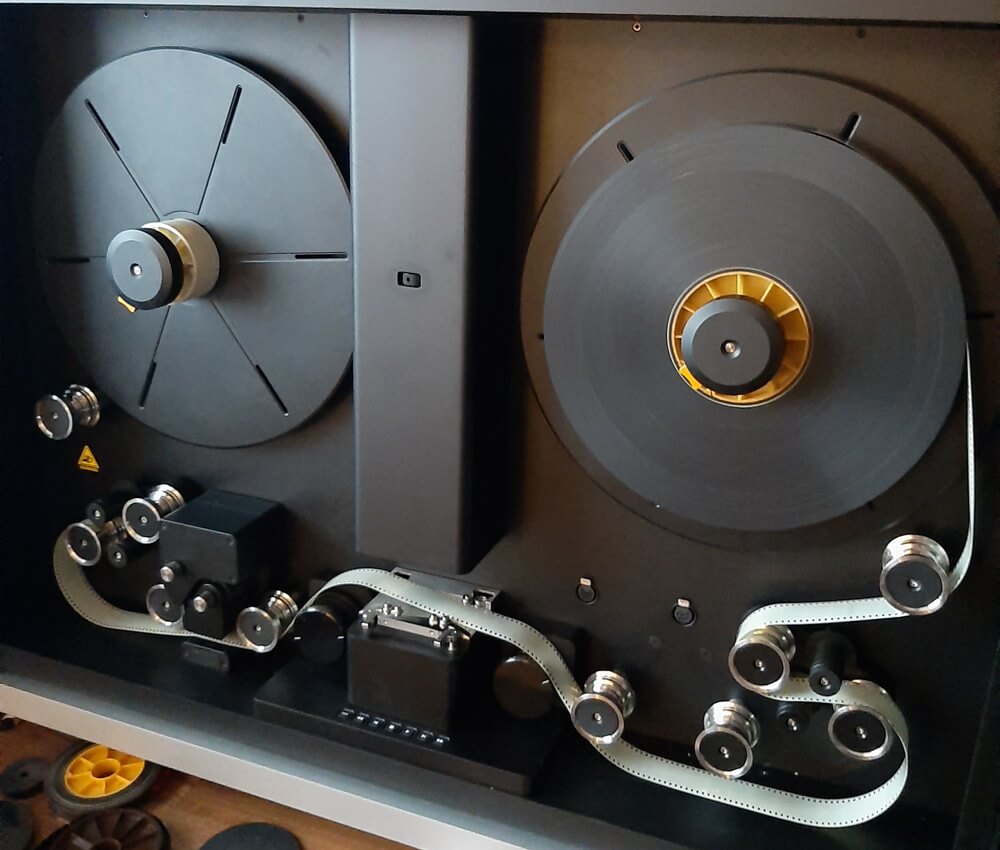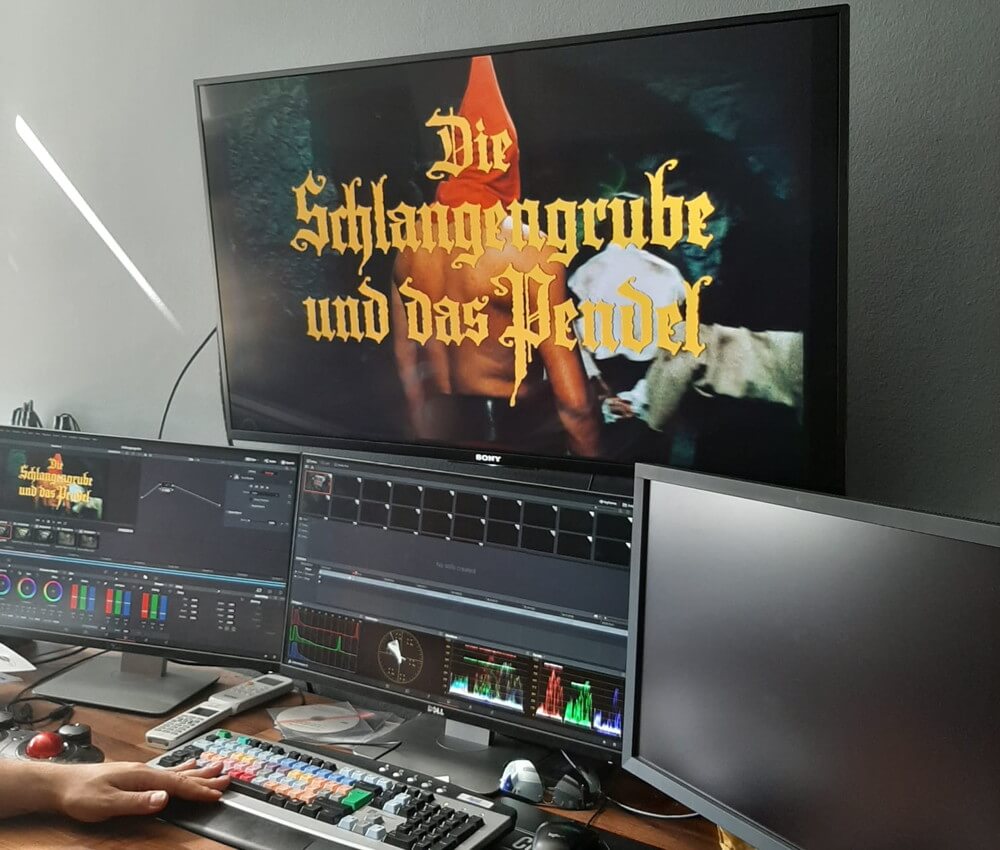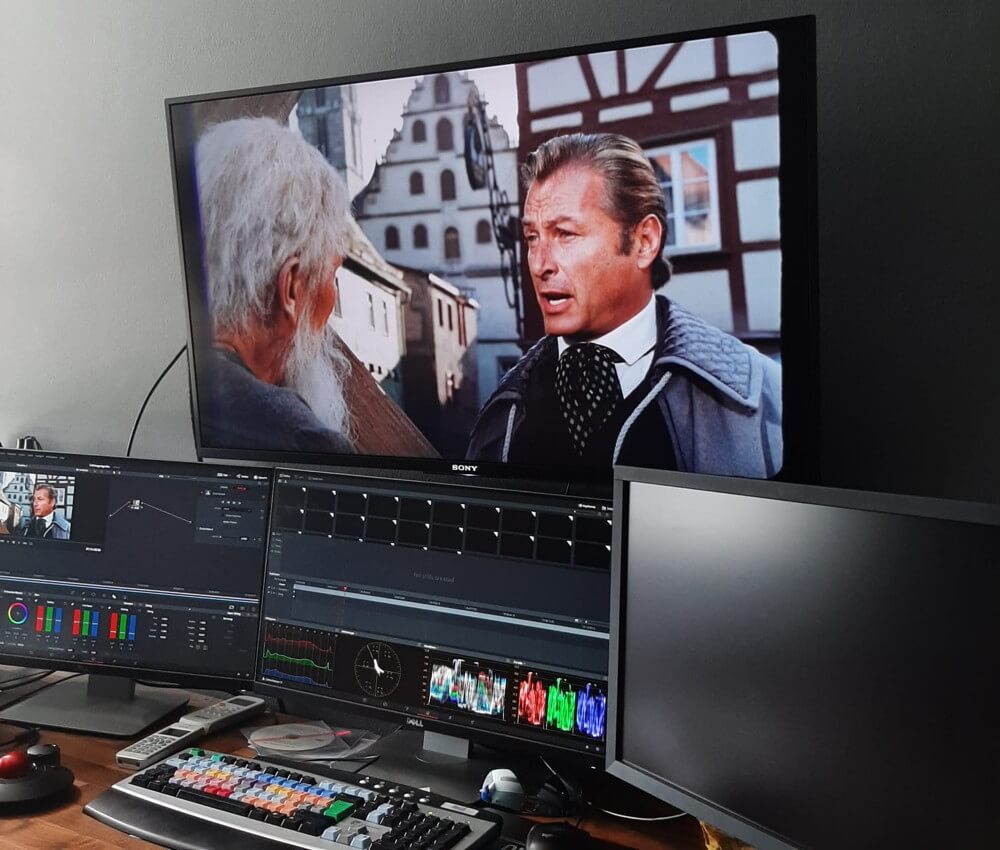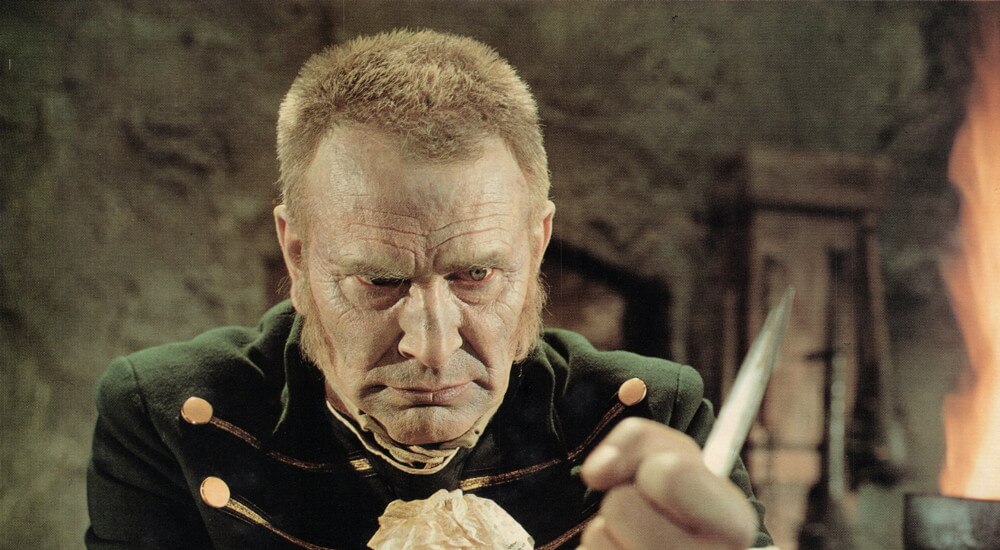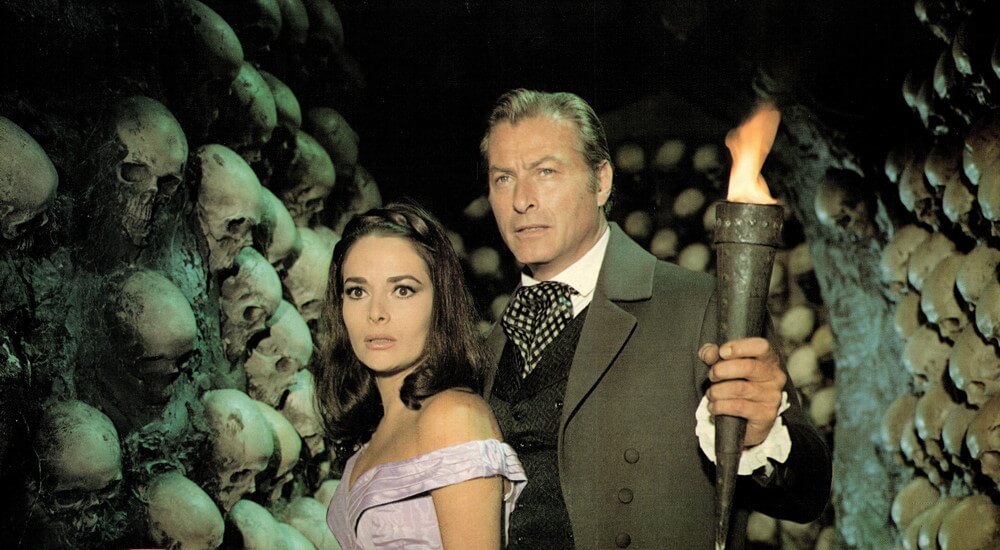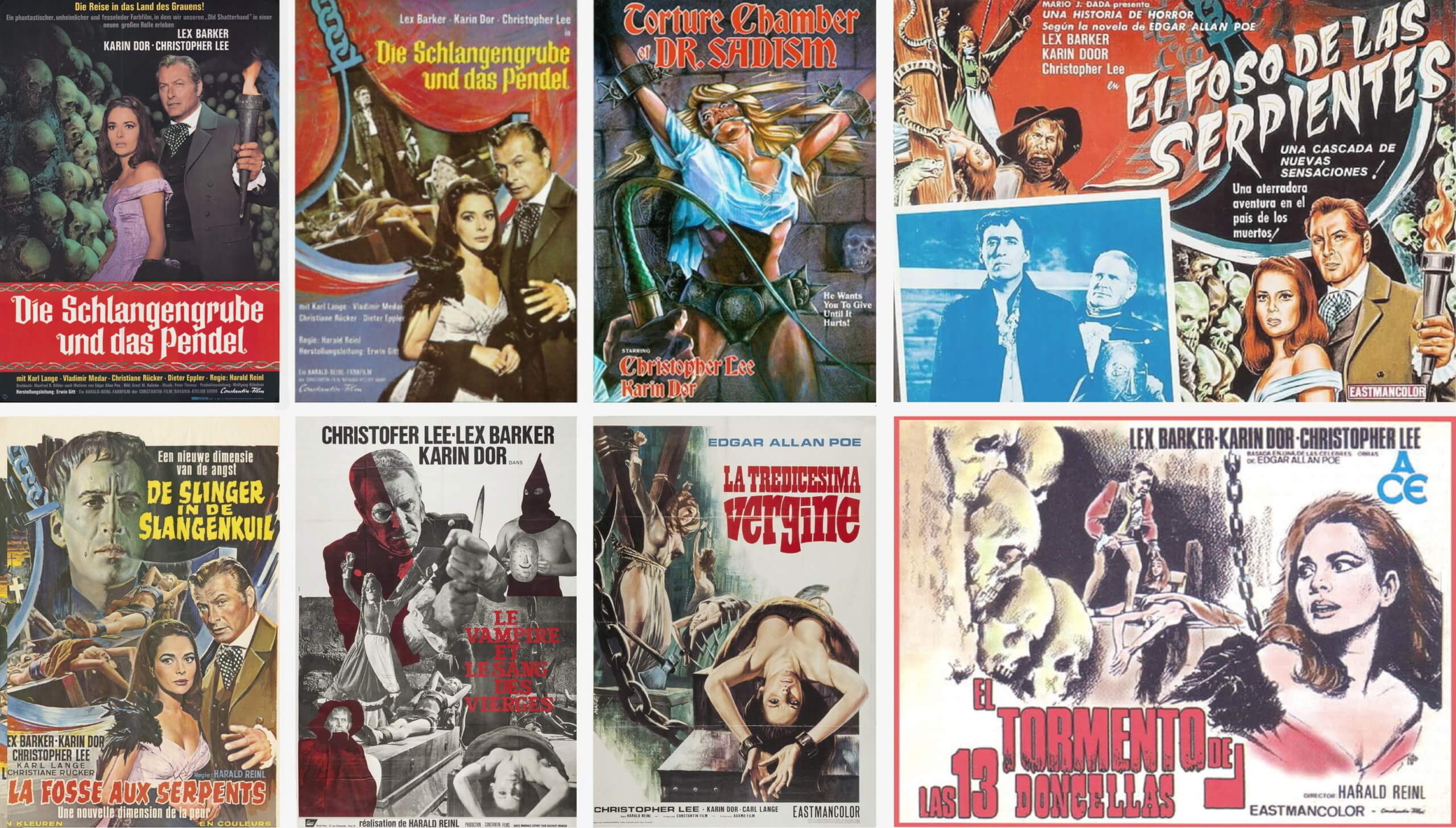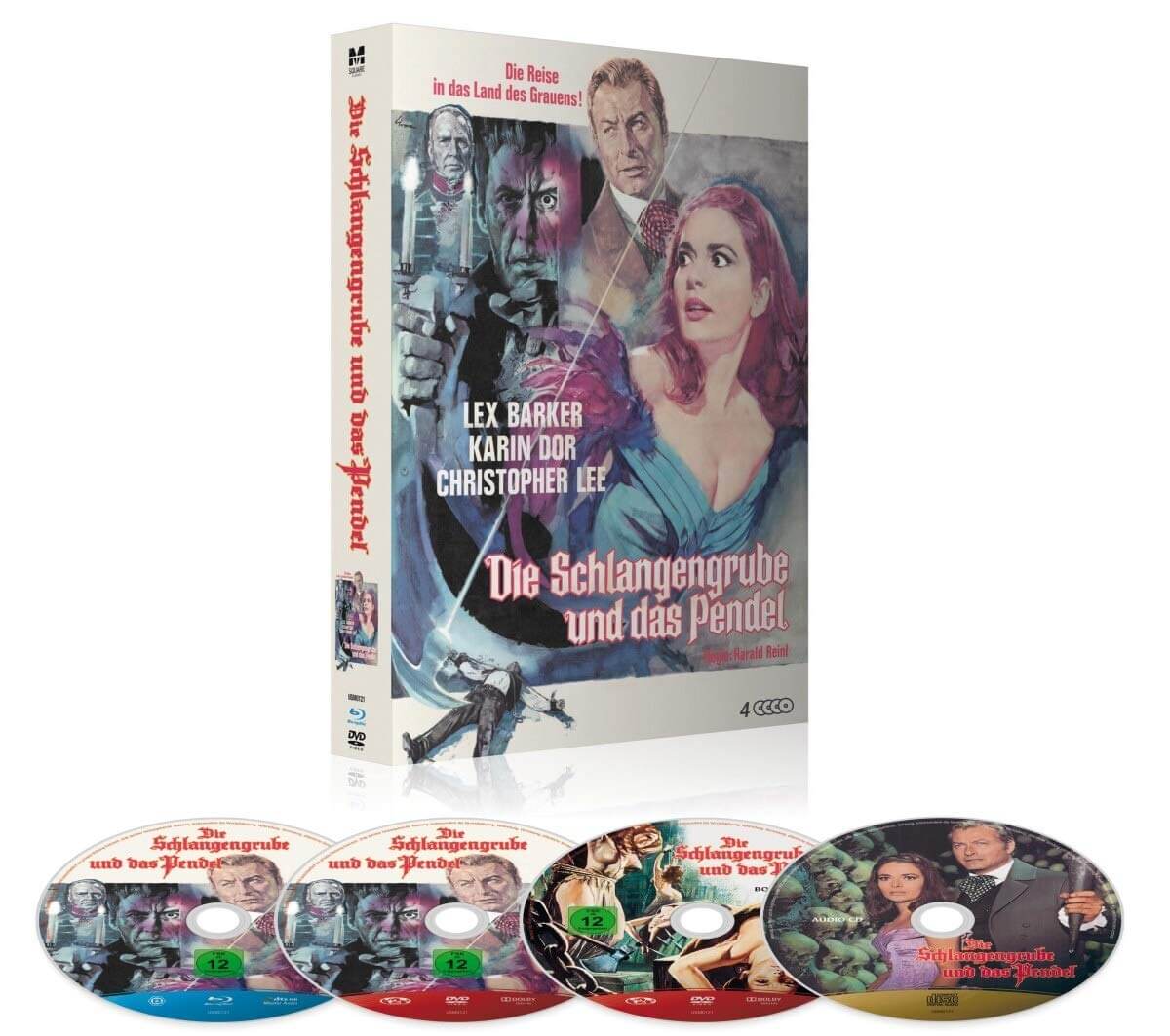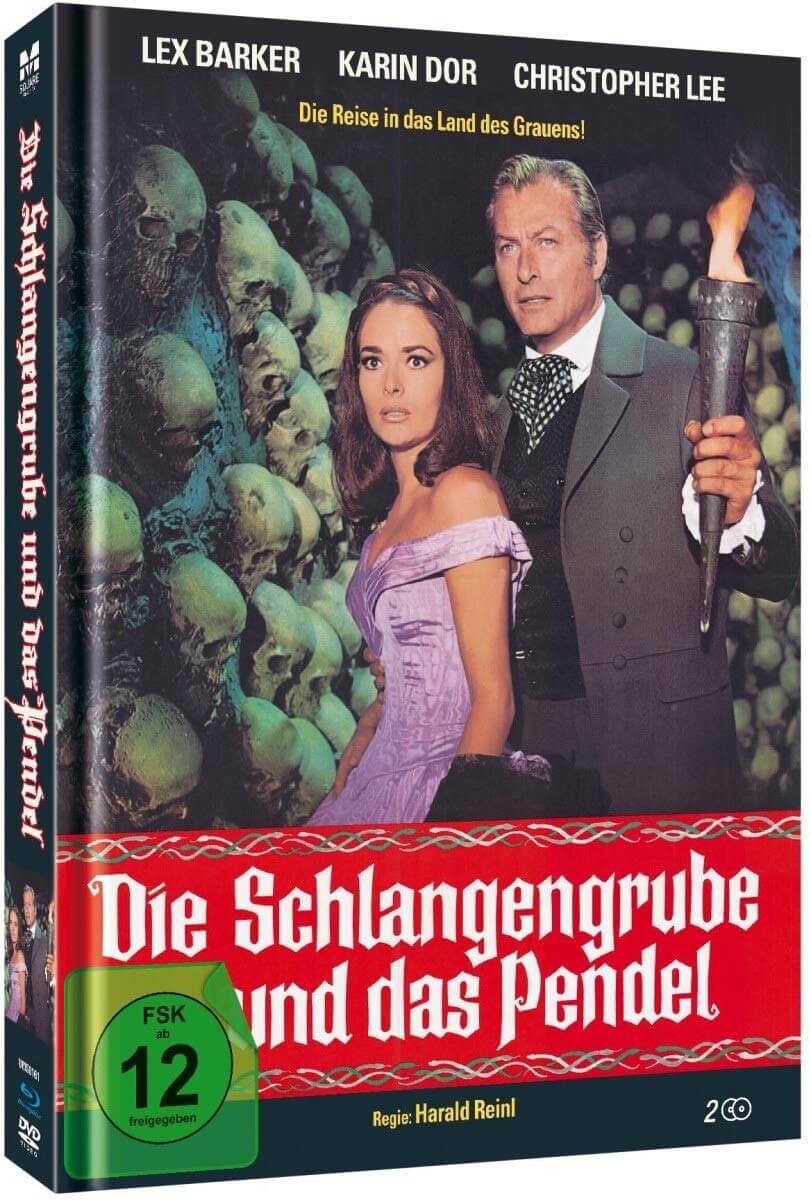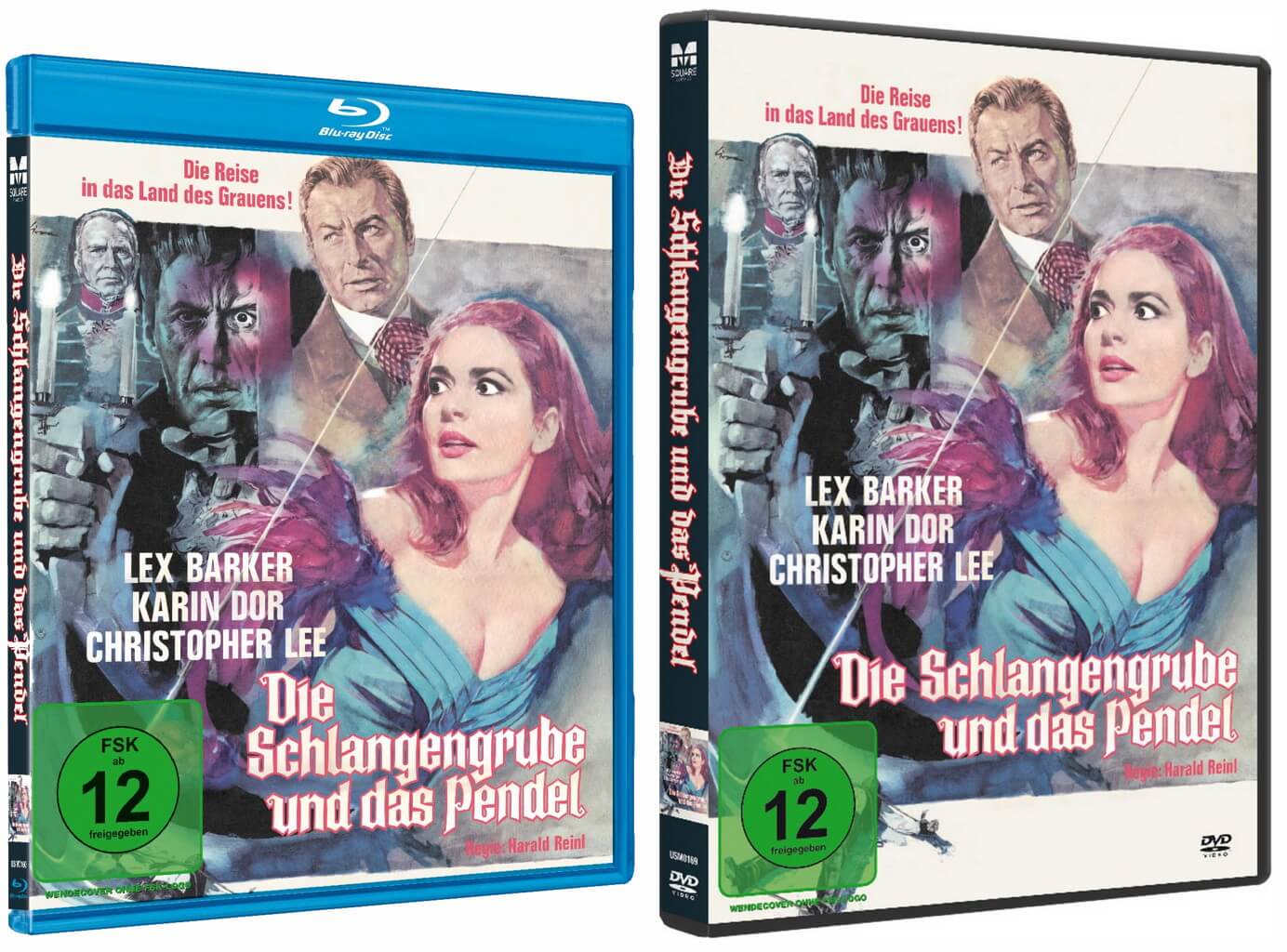Original title: Die Schlangengrube und das Pendel
Director: Harald Reinl
According to the story “The Pit and the Pendulum” by Edgar Allan Poe
Screenpaly: Manfred R. Köhler
Actor & actresses: Lex Barker, Karin Dor, Christopher Lee, Carl Lange, Vladimir Medar, Christiane Rücker, Dieter Eppler, Klaus W. Krause, Franziska Liebing, Horst Naumann, Bruno W. Pantel, Herbert Weicker
Producer: Erwin Gitt
Production Manager: Wolfgang Kühnlenz
Assistant director: Charles M. Wakefiled
Cinematography: Ernst W. Kalinke, Dieter Liphardt
Sound: Hans Joachim Richter
Editing: Hermann Haller
Filmarchitect & Buildings: Rolf Zehetbauer
Props & Decoration: Gabriel Pellon
Equipment: Werner Achmann, Georg Attlfellner, Erich Kogler
Camera & technical department: Kurt Bruckner, Li Erben, Joachim Gitt
Visual effects: Erwin Lange
Special effects: Theodor Nischwitz
Costume designer: Irms Pauli
Costumes: Anton Dissertori, Anni Graf
Masks & Make-up: Gerda Bublitz, Erich L. Schunckel
Music: Peter Thomas
Production company: Constantin Film
Year of production: 1967
Genre: Horror, Mystery
Country: Germany
Language: German
Synchronization: English
Subtitles: German, English, French, Spanish, Portuguese, Turkish, Czech, Serbian, Croatian, Italian, Catalan, Chinese
Film locations: Bavaria Studios (Munich, Germany), Detmold (North Rhine-Westphalia, Germany), Isartal (Germany), Rothenburg ob der Tauber (Germany)
Length: 84 Min
Ratings: FSK 12 (GER), M (USA), X (UK)
Aspect ratio: 1.66 : 1
Sound Mix: Mono
Resolution: 4K (new scanning 2020)


